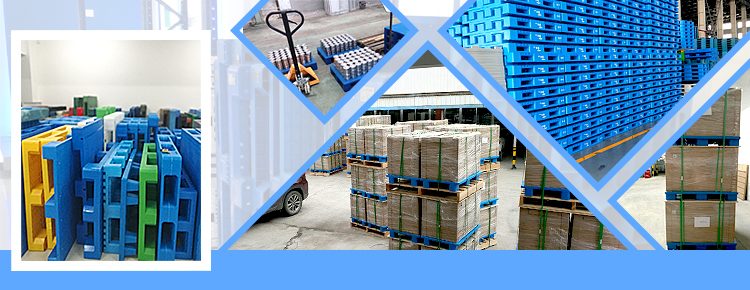When it comes to material handling and logistics, choosing between plastic crates and wooden pallets can significantly impact efficiency, cost, and sustainability. Both options have distinct advantages and drawbacks, making the decision dependent on your specific operational needs.
Durability is a key factor where plastic crates often outshine wooden pallets. Made from high-density polyethylene (HDPE) or polypropylene, plastic crates resist moisture, rot, and pest infestations—common issues that plague wooden pallets, especially in humid or outdoor environments. A well-maintained plastic crate can last up to 10 years, even with frequent use, whereas wooden pallets typically need replacement after 3–5 years due to splintering, warping, or breakage. This longevity makes plastic a cost-effective choice for long-term operations, despite its higher upfront price.
Cost considerations, however, can tip the scales toward wooden pallets for short-term or one-time use. Wooden pallets are generally cheaper to purchase initially, and they’re widely available, making them a go-to for businesses with tight budgets or occasional shipping needs. Yet, when factoring in maintenance—such as repairing broken slats or treating wood against decay—and replacement costs over time, plastic crates often prove more economical in the long run.
Sustainability is another hotly debated aspect. Wooden pallets are biodegradable and made from a renewable resource, but their production requires cutting down trees, and they often end up in landfills after use. Plastic crates, on the other hand, are recyclable—many are made from recycled materials themselves—and can be melted down and repurposed at the end of their lifecycle. However, they are not biodegradable, and improper disposal can contribute to environmental pollution. For eco-conscious businesses, both options have green credentials, but plastic edges ahead in terms of reusability.
Practicality in handling and storage also differs. Plastic crates often feature uniform designs with stackable or nestable capabilities, saving space during storage and transportation. They’re also lighter, reducing fuel costs during shipping. Wooden pallets, while sturdy, are bulkier and may vary in size, leading to inefficiencies in stacking. Additionally, plastic crates are easier to clean—a crucial advantage for industries like food and pharmaceuticals, where hygiene is paramount.
In conclusion, plastic crates excel in durability, longevity, and hygiene, making them ideal for long-term, repeated use in diverse environments. Wooden pallets, with their lower initial cost and availability, suit short-term or budget-sensitive operations. Assessing your usage frequency, environmental conditions, and sustainability goals will help determine which option aligns best with your needs.
Post time: Aug-22-2025





